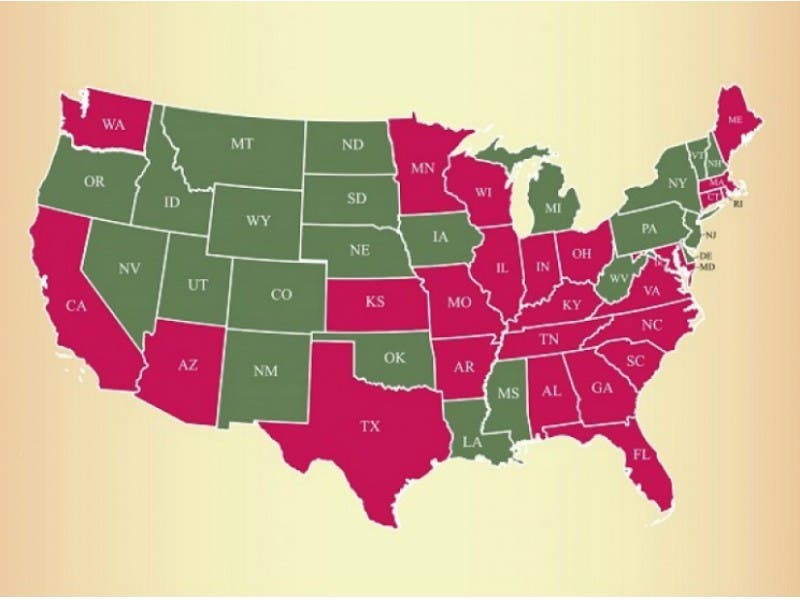Health & Fitness
'Super Lice' Mutate As Kids Head Back To School
Maryland is one of 25 states where the bugs have mutated to resist chemicals used to kill them. Parents can still fight the pests at home.

As area school kids prepare for those first school bells next week, researchers are warning parents about a pest that may await them in classrooms: super lice.
Scientists who study lice populations across the country have reported that the bugs found in at least 25 states have genetically mutated into creatures that are quite resistant to common over-the-counter treatments. The researchers reported those findings to the American Chemical Society this week.
Maryland, researchers say, happens to be one of the 25 states.
Find out what's happening in Riverdale Park-University Parkwith free, real-time updates from Patch.
Kyong Yoon, Ph.D., was one of the researchers who uncovered the findings.
“What we found was that 104 out of the 109 lice populations we tested had high levels of gene mutations, which have been linked to resistance to pyrethroids,” Yoon was quoted in a media release as saying.
Find out what's happening in Riverdale Park-University Parkwith free, real-time updates from Patch.
Pyrethoids are a type of insecticide that is commonly used to help control mosquitoes and other insects, such as lice.
Yoon, of Southern Illinois University, ultimately found that some lice populations were developing mutations that enabled them to survive exposure to the insecticides commonly used to treat children and adults who suffer from infestations.
See Also:
In the most recent study, researchers took population samples from multiple states. Those studies revealed mutations in lice populations found in 25 different states with Florida, California, Texas and Maine having three specific mutations, which “means these populations are the most resistant to pyrethroids,” the release stated.
Solutions to fight back against lice still exist, Yoon said. Different chemicals, such as those only available by prescription, still prove effective.
Even so, the researcher points out the spread of the “super lice” bug serves as a warning.
“If you use a chemical over and over, these little creatures will eventually develop resistance,” Yoon says. “So we have to think before we use a treatment. The good news is head lice don’t carry disease. They’re more a nuisance than anything else.”
See Also:
Aside from prescription treatments, some experts say there are ways parents can fight back against these bugs effectively. Those using over-the-counter treatments, for example, will need to follow directions to the letter and repeat treatments five to seven days later, pediatric dermatologist Dr. Robin Gehris told Today. It’s also important to leave the treatments in and not rinse them out too soon.
“A common reason for failure is that the children don’t like the smell and want to wash it off soon,” Gehris told Today.
Kids in Anne Arundel and Prince George’s counties head back to school on Tuesday. Montgomery students go back to class on Aug. 31.
Graphic courtesy of Kyong Yoon, Ph.D., and the American Chemical Society. The states in red denote those where mutations were found in the lice population.
Get more local news delivered straight to your inbox. Sign up for free Patch newsletters and alerts.